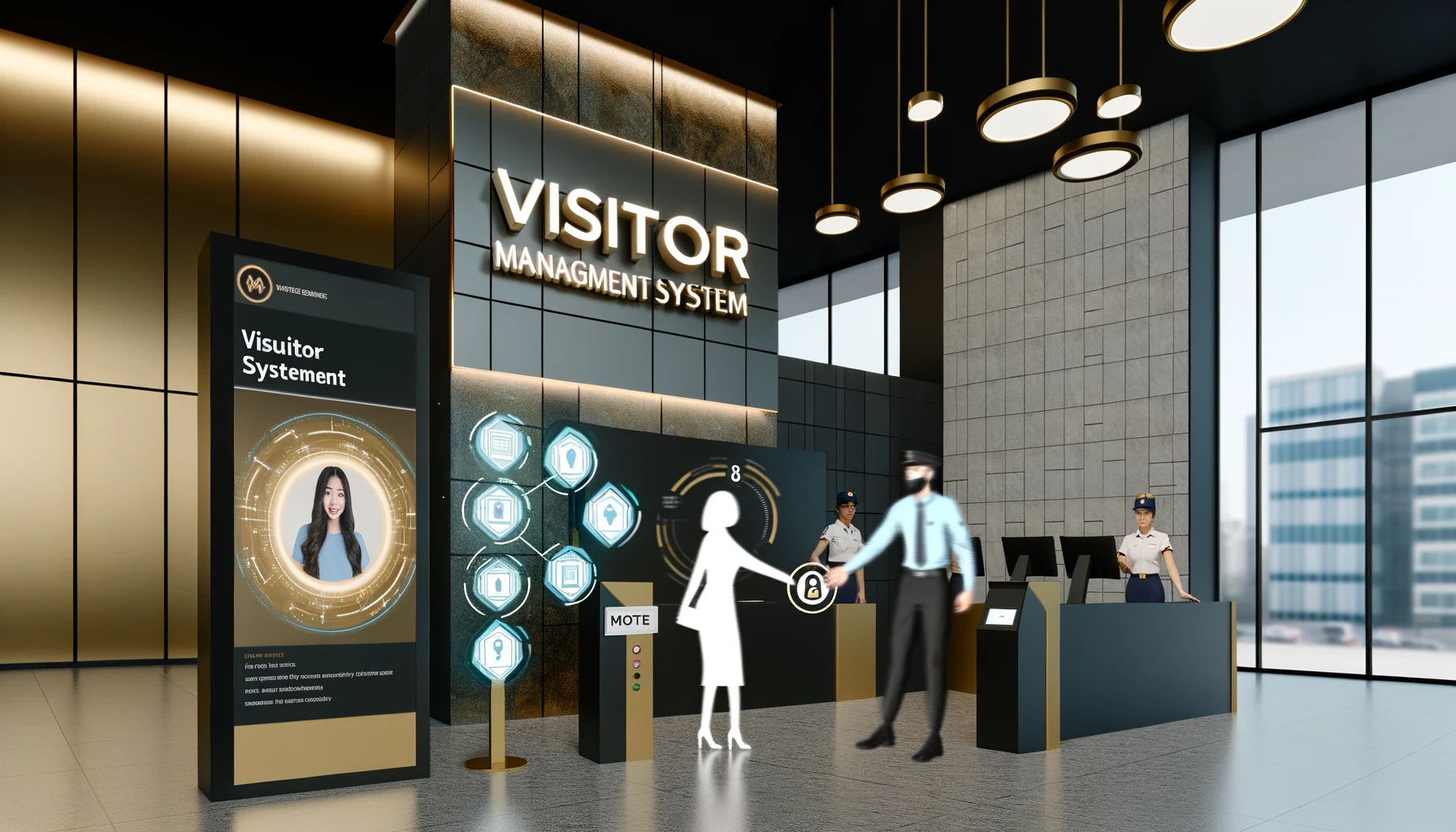In the bustling world of property management, ensuring the security of your building while maintaining operational efficiency can often feel like juggling flaming torches. Enter the hero of our story: Visitor Management Systems (VMS). For property managers, chief security officers, and security company hiring managers, implementing a VMS isn't just about tracking who comes and goes—it's about enhancing security, improving operational flow, and providing a welcoming environment for visitors. Let's dive into the world of VMS, keeping our tone as light and engaging as the lobby of a well-managed building.
The Why Behind Visitor Management Systems
At their core, VMS are designed to streamline the process of managing guests, contractors, and other non-regular occupants of a building. But the benefits go far beyond mere convenience:
-
Enhanced Security: By keeping a digital log of all visitors, you're better prepared to respond to security incidents and conduct investigations if necessary.
-
Operational Efficiency: Automated check-ins, badge printing, and host notifications speed up the entry process, reducing queues and improving visitor experience.
-
Compliance and Reporting: For buildings subject to regulatory compliance, having a detailed log of visitor activity is invaluable. Plus, data-driven insights can help refine security protocols and visitor policies.
-
First Impressions Matter: A sleek, efficient VMS at the entrance sets a professional tone for your entire building.
Implementing a Visitor Management System
Step 1: Assess Your Needs
Begin by understanding the specific needs of your building. How many visitors do you handle daily? What security concerns are most pressing? Do you need to integrate with other systems like access control or surveillance cameras?
Step 2: Choose the Right System
With a plethora of VMS options available, look for features that match your needs:
-
Pre-registration Capabilities: Allow visitors to register before arrival for a smoother check-in process.
-
ID Verification: Some systems can scan IDs for an added layer of security.
-
Integration with Other Systems: Enhances security measures and operational workflows.
-
Customizable Badges: Print badges with specific access permissions, visitor photos, and check-out times.
Step 3: Rollout and Training
A successful rollout involves not just installing hardware and software but also training staff and informing regular building occupants about the new system. Clear communication ensures everyone is on board and knows what to expect.
Step 4: Monitor and Adjust
After implementation, closely monitor the system's performance. Collect feedback from visitors and staff to identify any bottlenecks or areas for improvement.
Best Practices for Visitor Management
-
Clear Signage and Instructions: Ensure visitors know where to go and what to do upon entering the building.
-
Regular Software Updates: Keep your system secure and functioning smoothly with regular updates.
-
Data Privacy: Be transparent with visitors about how their data is used and ensure compliance with data protection regulations.
-
Emergency Planning: Integrate your VMS with emergency response plans, allowing for accurate headcounts and visitor tracking during an incident.
Challenges and Solutions
Implementing a new VMS can come with its set of challenges, from staff resistance to technological glitches. Overcoming these obstacles requires:
-
Stakeholder Buy-in: Involve key stakeholders early in the decision-making process to ensure their support.
-
User-Friendly Design: Choose a system that is intuitive for both visitors and staff to minimize resistance and training time.
-
Reliable Support: Work with a provider who offers excellent customer service and technical support to address any issues promptly.
Visitor Management Systems represent a significant leap forward in building security and operational efficiency. By carefully selecting and implementing a VMS that fits your building's needs, you can create a safer, more welcoming environment for everyone who walks through your doors. Remember, a secure building is not just about locking doors and monitoring cameras—it's about managing and understanding the flow of people who make your building lively and productive. With the right VMS, you're not just tracking visitors; you're ensuring peace of mind for everyone involved.
.png)
.png)
.png)

.png)
.png)

.png)
.png)
.png)
.png)
